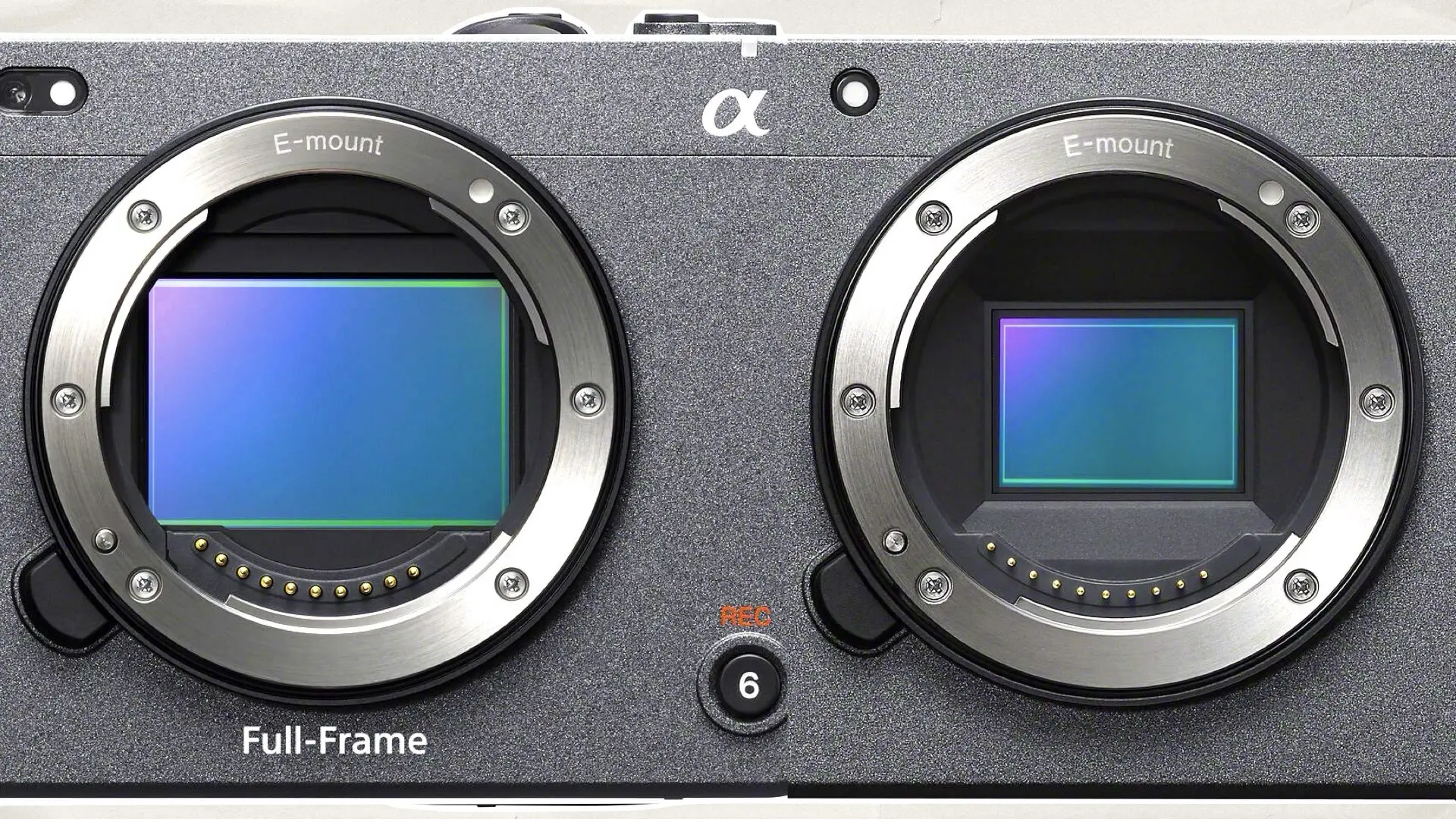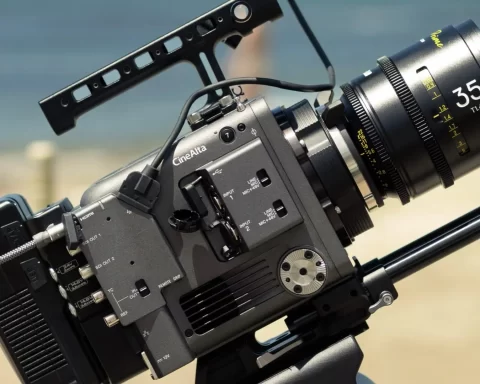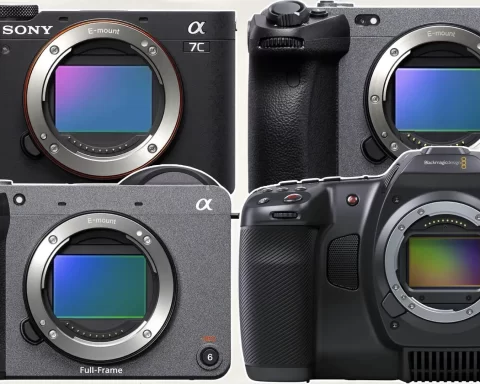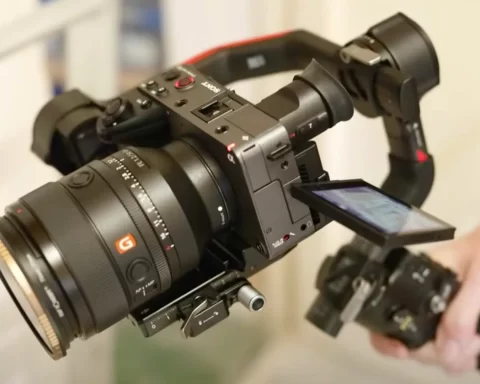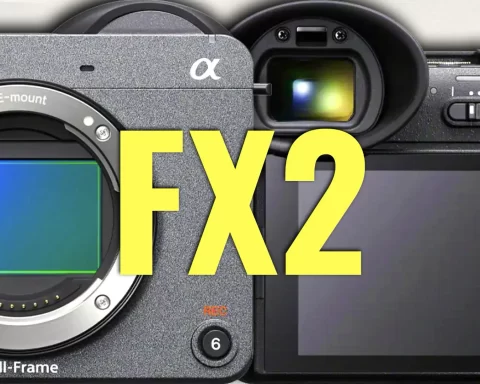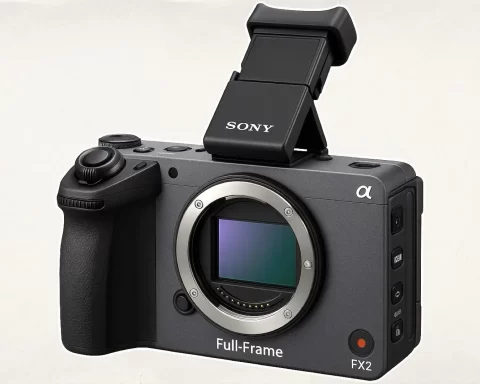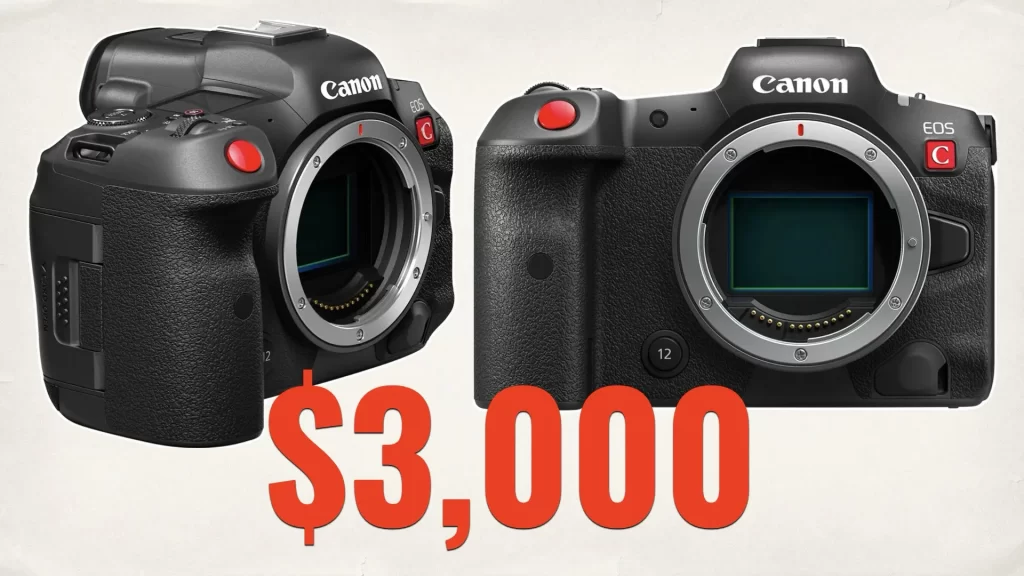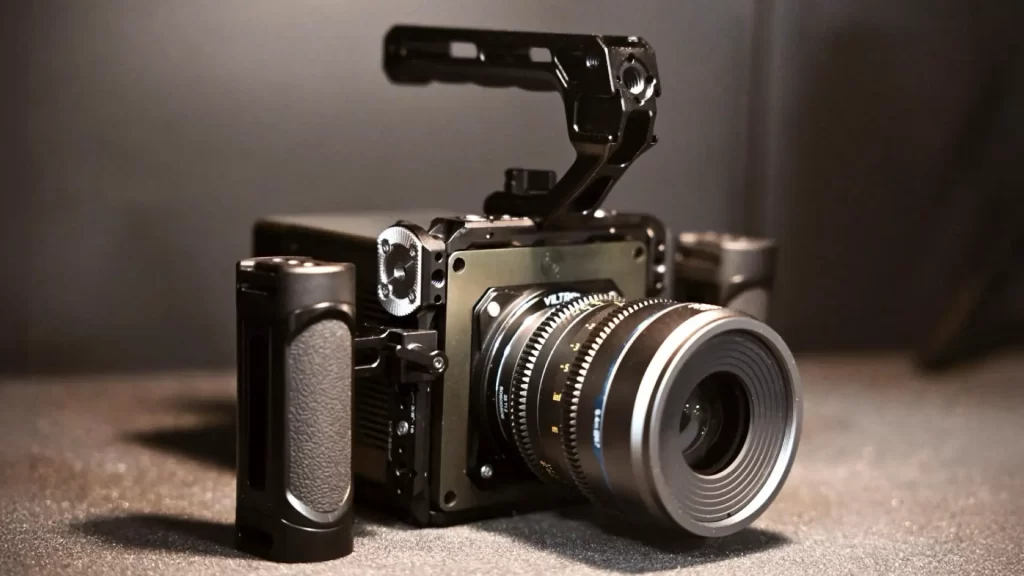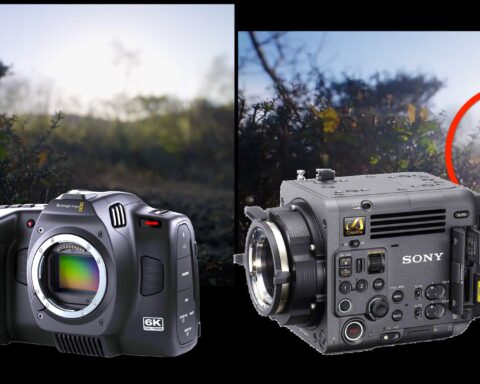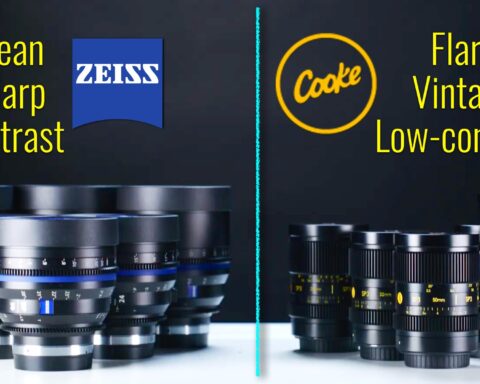When Sony launched the FX30, it made headlines for offering cinema-grade features in a sub-$2,000 body. But that naturally raised the question: how does it stack up against its pricier sibling, the Sony FX3? These two cameras look nearly identical on the outside—but inside, they tell two very different stories. Whether you’re a budding filmmaker, a seasoned DP, or just a gearhead deciding where to drop your hard-earned cash, this comparison dives deep into what separates and unites these two cinematic titans. Let’s break it all down: form factor, features, sensor size, dynamic range, real-world results—and ultimately, help you figure out which camera is right for you.
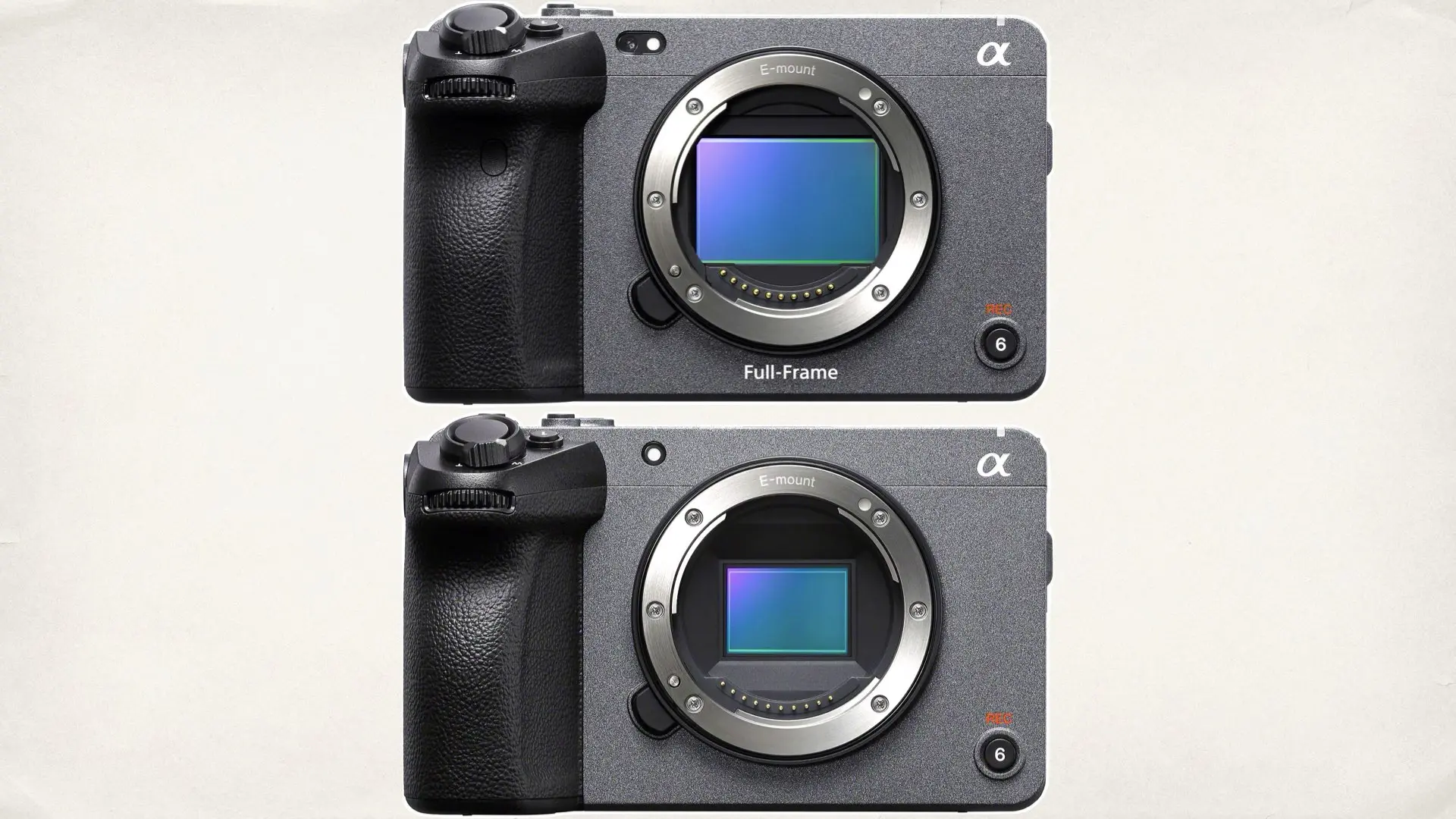
Identical Twins? Only on the Surface.
At first glance, the Sony FX30 and FX3 appear indistinguishable. Their shared form factor allows both cameras to use the same cages, rigs, and accessories—a huge plus for creators who already own Sony gear or want maximum flexibility when building a rig.
Both cameras include:
-
The same compact body with tally lights
-
Sony E-Mount for lens versatility
-
Dual card slots (CFexpress Type A + SD)
-
Continuous video recording and still photo capture
-
In-Body Image Stabilization (IBIS)
-
High-speed recording modes—up to 4K 120fps and 1080p 240fps
-
Support for 3D LUTs and 16-bit RAW HDMI output
-
S-Cinetone, S-Log3/S-Gamut3, and 10-bit 4:2:2 XAVC codec
-
Timecode input via optional cable
-
Advanced autofocus with subject tracking
-
Anamorphic lens compatibility with built-in desqueeze options
This shared DNA makes both cameras incredibly powerful and versatile tools, but the real difference lies under the hood.
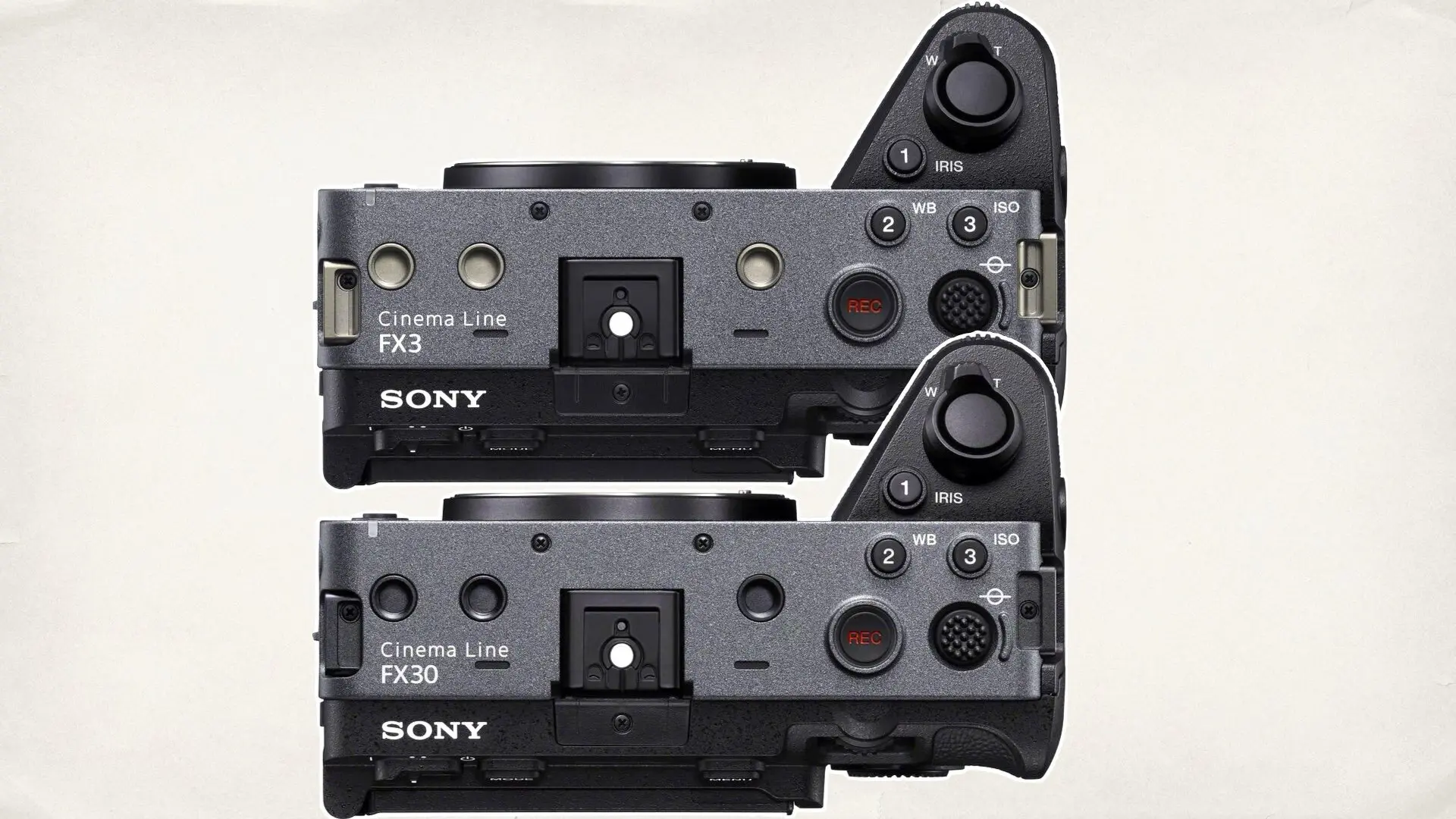
Sensor Showdown: Full-Frame vs Super 35
The Sony FX3 is built around a full-frame 35.6 x 23.8mm sensor, while the FX30 houses a Super 35mm (APS-C) 23.3 x 15.5mm sensor. That distinction dramatically impacts image quality, depth of field, lens selection, and low-light performance. The FX3, with fewer but larger pixels, excels in low-light thanks to its 15+ stops of dynamic range and high-sensitivity ISO 12800 mode. This makes it perfect for dark cinematic environments or night shoots—think neon-lit streets, candlelit interiors, and moody noir. In contrast, the FX30, although limited to 14+ stops of dynamic range, offers a dual-base ISO of 800 and 2500, which makes it surprisingly capable in complex lighting conditions. For instance, you can get clean results even when jumping between bright daylight and shadowy corners—ideal for documentaries, vlogging, or event coverage. We explored this further in our FX30 price drop analysis, where we noted that its smaller sensor and higher resolution also help deliver tack-sharp 4K with minimal aliasing.
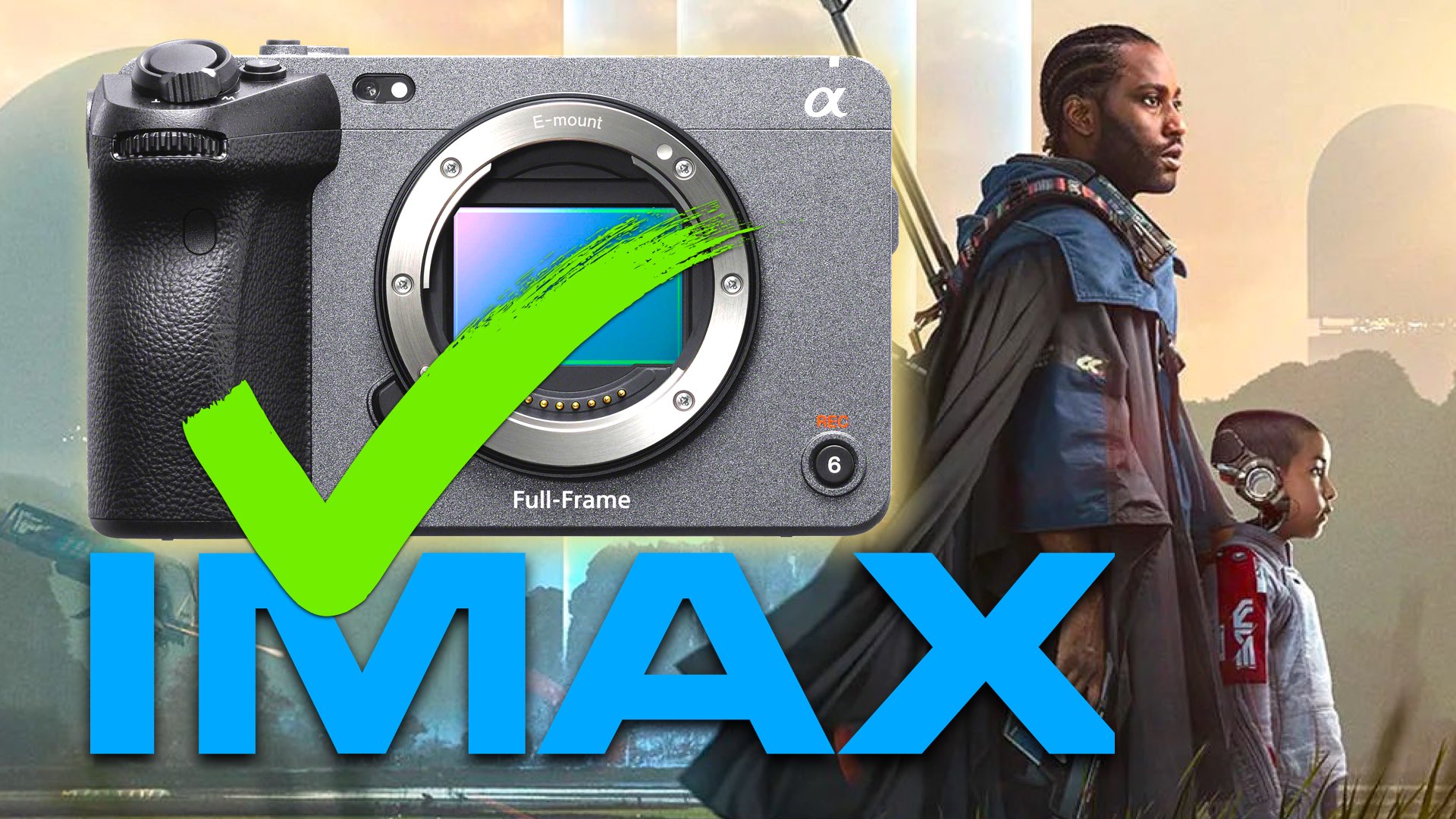
Price-to-Performance: David vs Goliath
The FX3 comes in at $3,898, while the FX30 now retails for as low as $1,500, according to recent deals covered here. That’s a massive $2,400 difference for cameras that, on paper, offer a similar shooting experience. Of course, you’re paying for the FX3’s full-frame sensor and slightly better low-light performance—but for indie filmmakers and creators working with tight budgets, the FX30 may offer better bang for your buck. And let’s not forget: the FX3 has been featured in blockbuster-level projects. We previously showcased how it was used in “The Creator” with a custom FX3 rig built by director Gareth Edwards. Not only that, but Sony FX3 was honored by Time Magazine as one of the Best Inventions of 2023, proving its impact on the film industry.
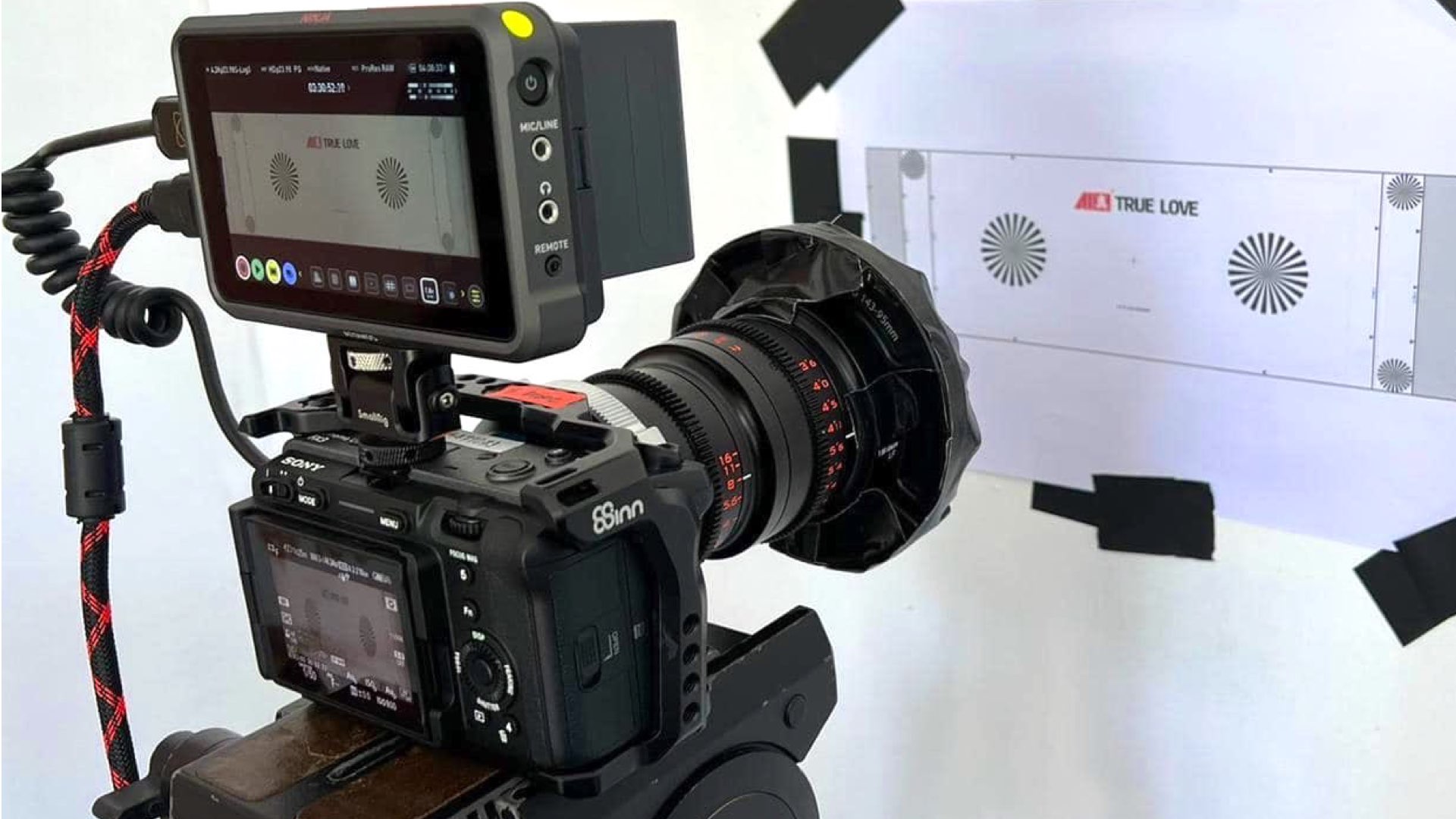
Lens Compatibility and Crop Considerations
Full-frame users will love the shallow depth of field and wide FOV that the FX3 provides, but the FX30’s Super 35 sensor opens up vintage APS-C lens options, making it a playground for glass collectors. Plus, the FX30’s sensor allows filmmakers to use full-frame, Super 35, or APS-C lenses without worrying about overshooting the image circle. However, FX3 lacks a dedicated 4K Super 35 crop mode, which may be a dealbreaker for those who want to use classic cinema glass. Meanwhile, the FX30’s smaller sensor introduces a 1.5x crop, meaning a 35mm lens behaves more like a 50mm in field of view.
Real-World FX30 vs FX3 Performance
In real-world use, both cameras are powerful—but neither is perfect. For example, the FX30 has been criticized for showing rolling shutter artifacts, especially during handheld pans or fast-moving action. You can read our in-depth analysis of the FX30’s rolling shutter challenges here. That said, firmware updates and proper shooting technique can mitigate these issues, and the FX30 continues to be praised for offering pro-level performance in a mirrorless-sized body.
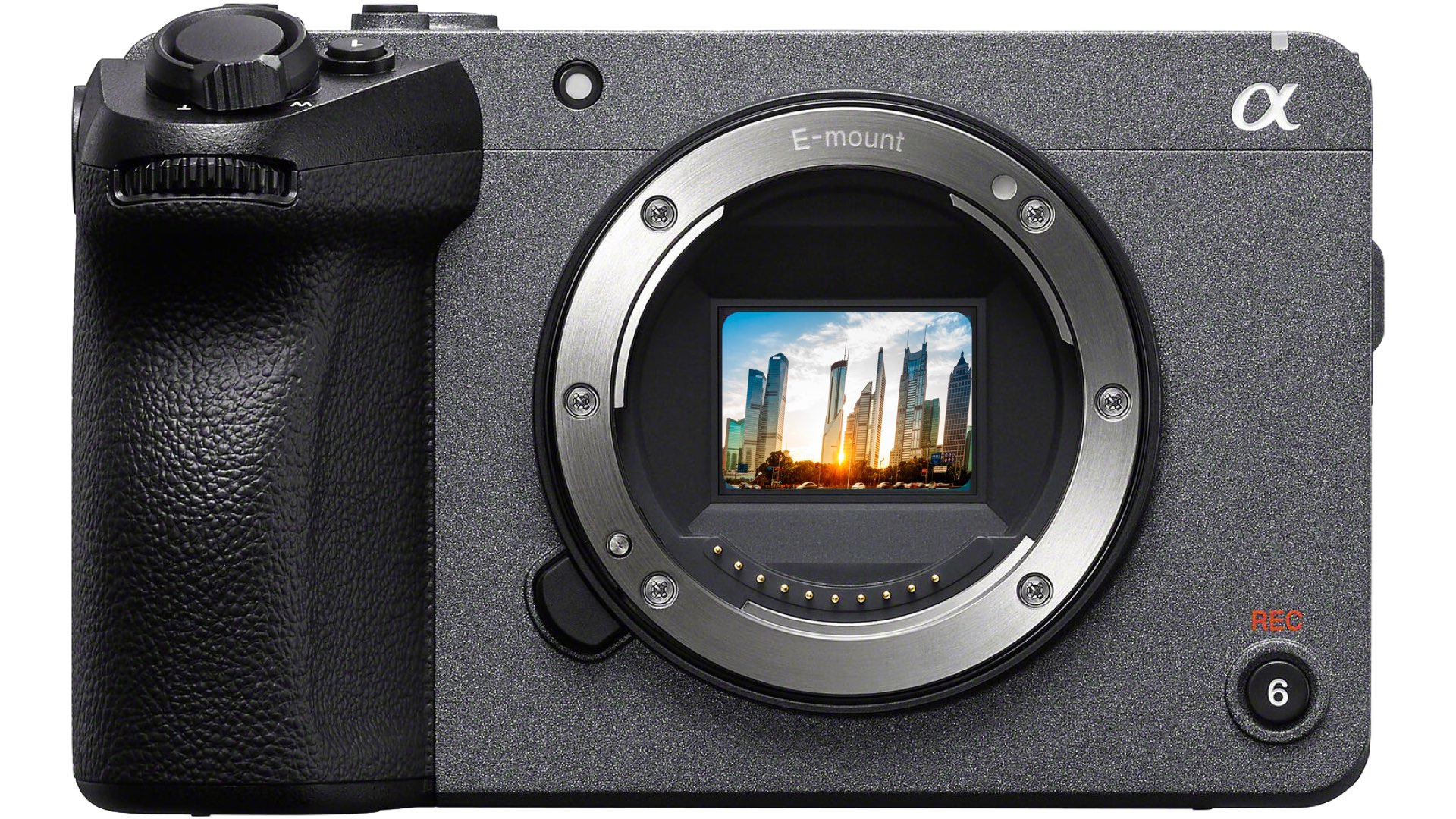
FX3 in Professional Productions
The FX3 has made headlines as a key tool in high-end productions. From being part of Gareth Edwards’ full rig for “The Creator” to behind-the-scenes footage of blockbuster-level shoots, the FX3 has proven its place in the pro filmmaking world. Moreover, the FX3 has been discussed as a powerful pairing with the Sony Burano, as we explored in our editorial on how the FX3 complements higher-end cinema workflows.

Deals, Bundles, and Final Verdict
At the time of writing, both cameras have seen notable price drops and bundles on platforms like Amazon. We’ve compiled some of the top options in our filmmaker’s guide to the best camera deals right here, and a full breakdown of the FX3 deal here.
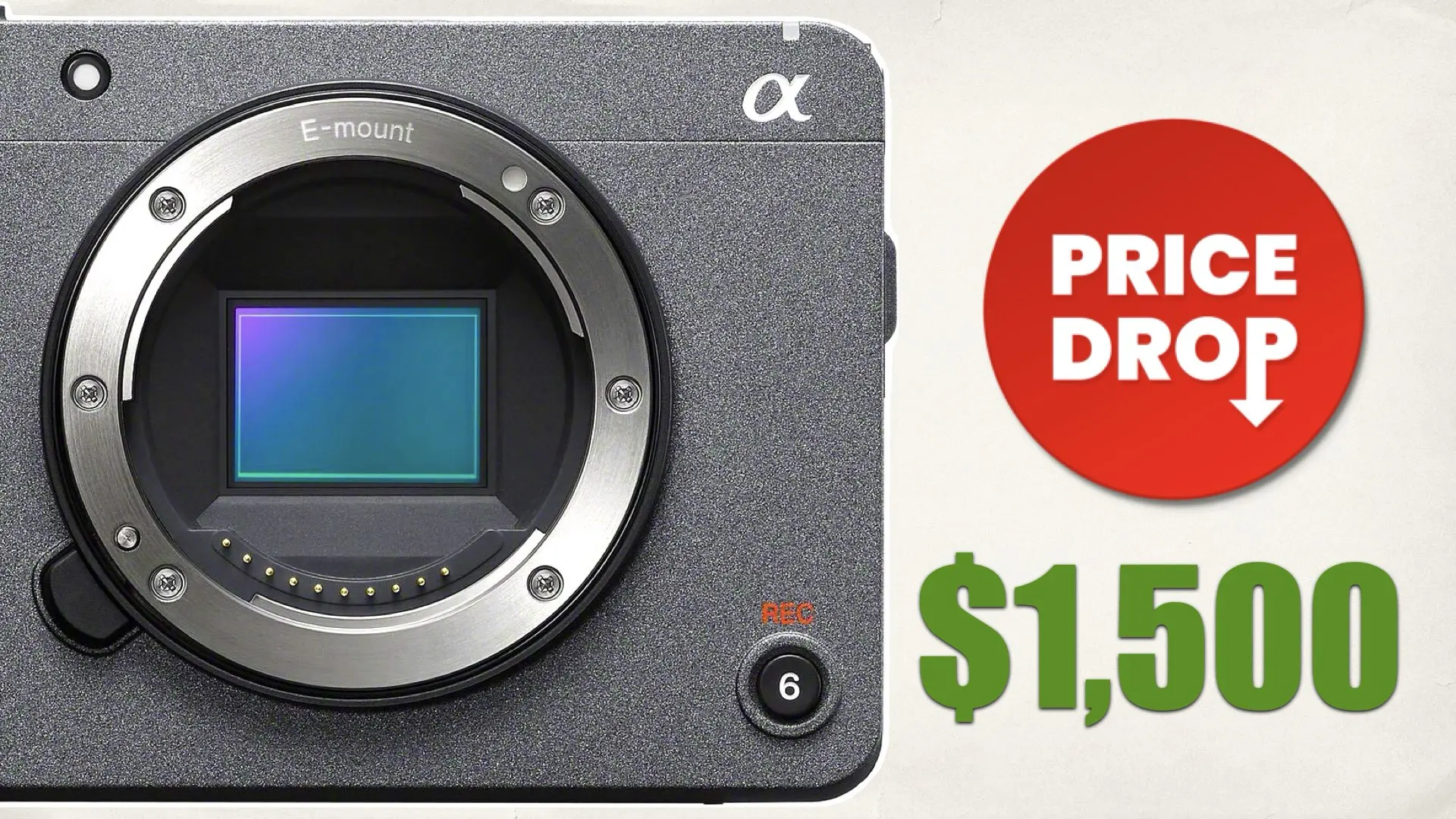
Final Thoughts: Which One Is for You?
-
Choose the FX3 if you need the best low-light performance, are working on higher-end productions, or want the full-frame cinematic look.
-
Choose the FX30 if you want incredible value, more lens flexibility, and nearly all the same features at less than half the price.
Either way, you’re getting true cinema DNA in a compact body—and Sony is making it easier than ever for filmmakers at all levels to access Hollywood-grade tools.

